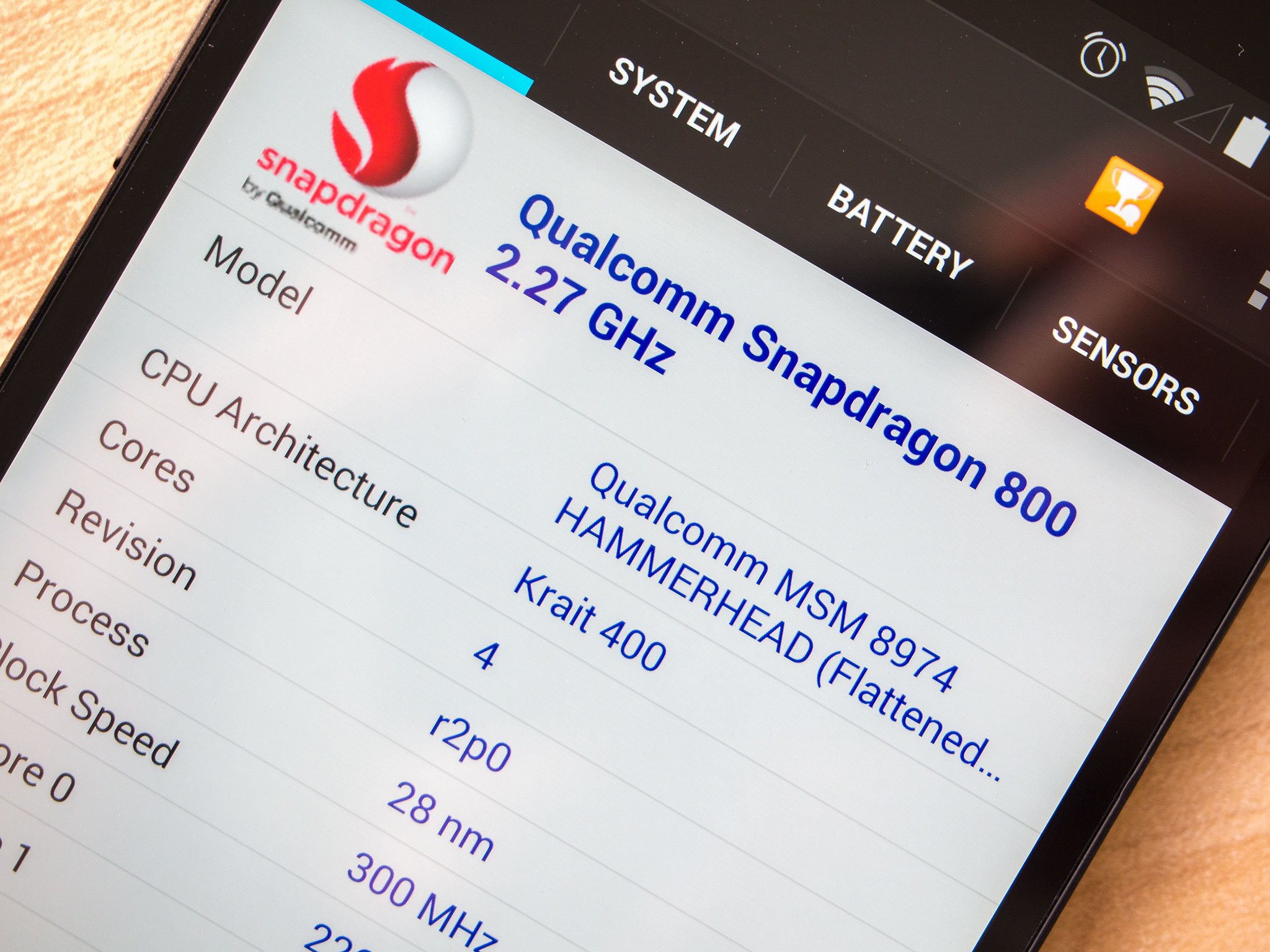
Newer silicon boosts GPU, ISP, memory speeds, among other improvements
At Mobile World Congress last month we met some of the first smartphones running Qualcomm’s Snapdragon chips, including new flagships from Sony and Samsung. The Xperia Z2 and Galaxy S5 both sport Snapdragon 801 processors, at 2.3 and 2.5GHz respectively. But what, besides CPU clock speed, separates the 801 from the earlier Snapdragon 800, which came in 2.2 and 2.3GHz flavors?
According to a writeup by Anand Lal Shimpi of AnandTech, the difference comes down to the silicon revision of Qualcomm’s MSM8974 SoC…
Version 2 is the Snapdragon 800 many of us are familiar with; version 3 is the new Snapdragon 801, which adds support for DSDA (Dual SIM Dual Active) and eMMC 5.0 (for faster access to internal storage), while in some models boasting faster CPU, GPU, ISP (image signal processor) and memory interface speeds. So the 801 has several advantages over its predecessor beyond faster CPU clocks. In particular, Anand notes that the increase in ISP frequency from 320 to 465MHz in the two faster 801 variants is “substantial,” and “the Snapdragon 801 should be able to push almost as many pixels through its ISP as the forthcoming 805.”
But the branding differences aren’t quite as clear-cut as you might expect, and there’s some overlap between the higher-binned 800s and the lower-binned 801s in terms of GPU and memory frequencies. For the full breakdown, check out the original piece at the source link below.
Source: AnandTech